Looking back into the Industrial History of Tianjin: TEDA Composes a New Chapter as an Industrial New City
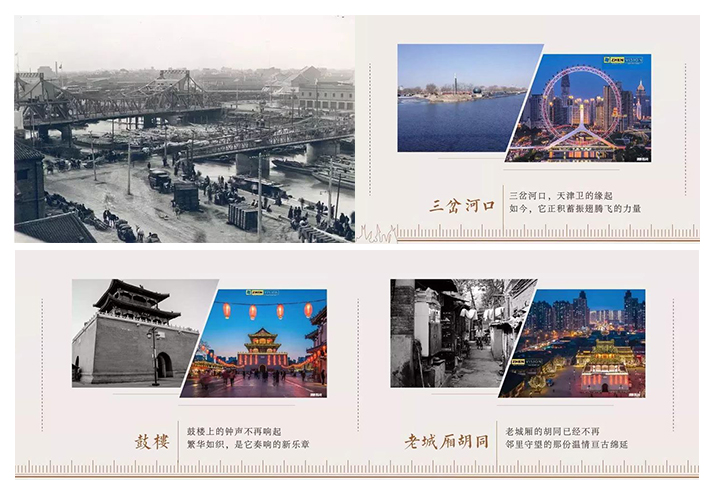
Located at the downstream of the Haihe River and the west coast of Bohai Sea, Tianjin is an important industrial city in China and one of the cradles of modern industry in China. The modern industrial development in Tianjin began from the 1860s with the “Self-Strengthening Movement,” where the convenient water transportation made both banks of the Haihe River the preferred location for enterprises to invest and establish factories at that time, turning the Haihe River into a river of production and transportation. Today, the manufacturing industry in Tianjin is ambitiously embarking on a path of high-quality development. Both banks of the Haihe River have become the main gathering place for modern service industries, forming a beautiful landscape and cultural belt in Tianjin.

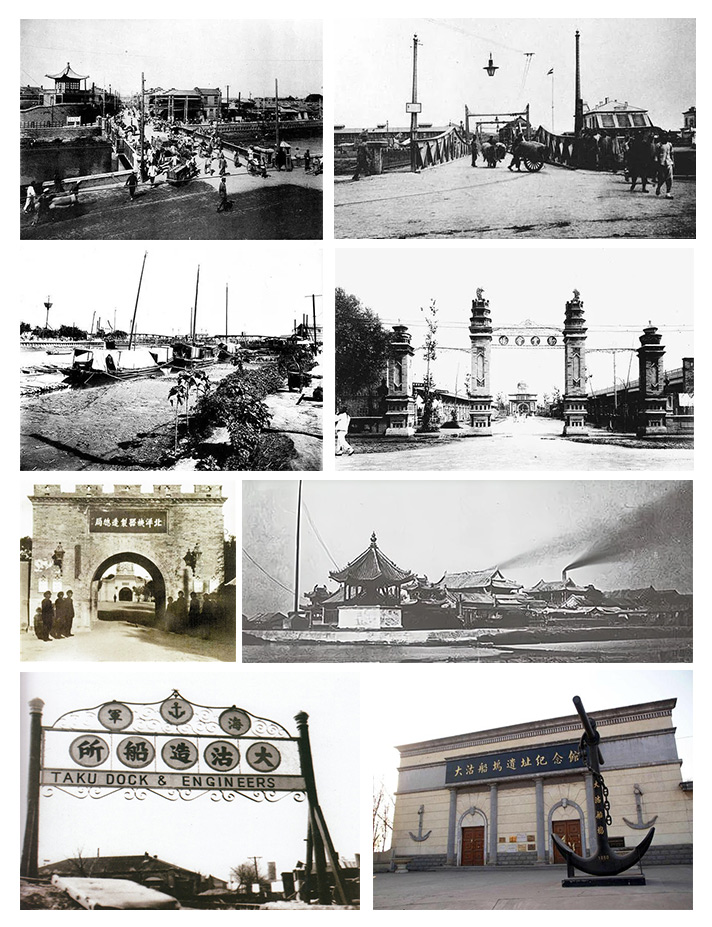
The development of modern industry in Tianjin is attributable to the city’s geographical location. In 1860, Tianjin was opened as a commercial port, and Western Powers started to set up concessions in Tianjin one after another. At the same time, advanced industrial production equipment, technologies, and management concepts from the West were introduced to Tianjin, providing significant opportunities for the development of modern industry in this city. Faced with the invasion of Western powers, the government at that time issued policies favorable to industrial development. Those policies were implemented first or earlier in Tianjin, making it a frontier of opening up in Northern China and a hub for the Self-Strengthening Movement in modern China.
Through the introduction of Western industrial achievements, advocators of the Self-Strengthening Movement established the Tianjin Machinery Manufacturing Bureau, the Beiyang Fleet Shipyard in Dagu, and the Kaiping Mining Bureau. They also set up first telephone line and telegraph line of China, the Chinese Imperial Post Tianjin Bureau and the Telegraph Bureau, and built the General Minting Factory of the Ministry of Revenue. These entities played a radiating and driving role in the development of modern industry in Tianjin and even the entire Northern China, nurturing an early generation of industrial technical talents.
Founded in 1866, the Tianjin Machinery Manufacturing Bureau was the largest military factory in Asia at that time and trained the first generation of industrial workers in Northern China. In 1880, advocators of the Self-Strengthening Movement constructed the Beiyang Fleet Dagu Shipyard on the south bank of the Haihe River in Tanggu (now within Tianjin Binhai New Area). It was the first modern shipyard and an important ammunition production base in Northern China, serving as the birthplace of modern industry in Northern China and nurturing the first generation of shipbuilders in the region.
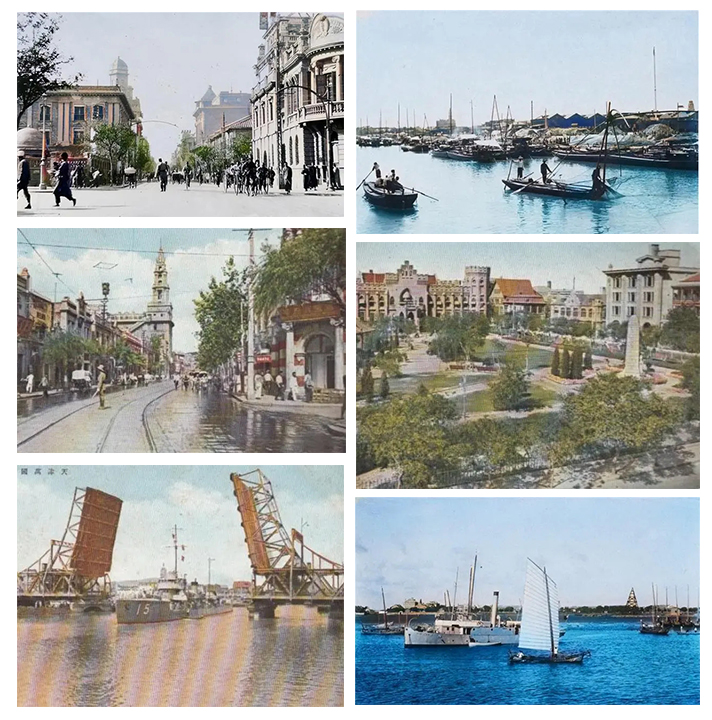
In the 1930s, Tianjin became a powerful industrial base in Northern China, the largest industrial and commercial hub and economic center in North China, as well as an important trade port. At that time, there were more than 1,200 factories in Tianjin with 200,000 industrial workers. Various industries are developed in the city, such as textiles, chemicals, metallurgy, machinery, printing, and food processing. It was the center of machinery manufacturing and iron casting in Northern China and a leader in the textile industry of modern China.
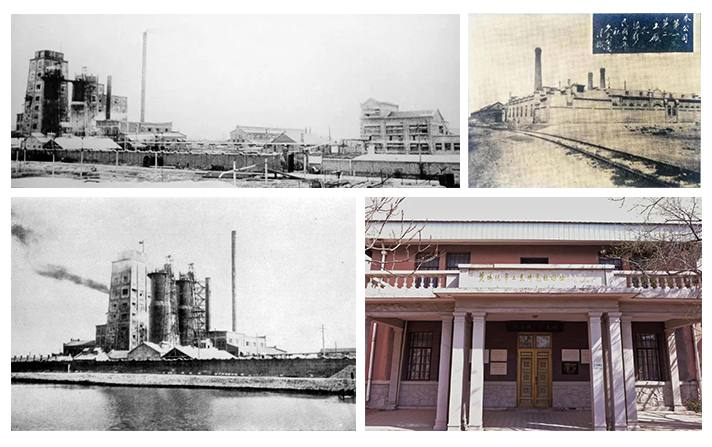
With the successive establishment of Jiu Da Fine Salt Company, Yongli Soda Plant, and Huanghai Chemical Industry Research Society in Tanggu, Tianjin became an important chemical industry base in China. Yongli Soda Plant was the earliest alkali plant in China, and its product “Red Triangle” brand of soda ash won the Gold Medal at the 1926 Philadelphia International Exposition. Afterward, it rapidly developed into the largest alkali plant in Asia. Today, the factory has been relocated, and the alkali residue hill left behind has been transformed into an eco-friendly 3A-grade national scenic spot, the Ziyun Park, becoming a place for leisure for the people of TEDA.

After the establishment of People’s Republic of China in 1949, Tianjin followed the “General Plan for the Transitional Period” and properly handled the issue of foreign capital enterprises in the city. It transformed bureaucratic capital enterprises and established state-owned enterprises while actively guiding individual craftsmen to join cooperatives, basically completing the socialist transformation of capitalism and paving the way for economic and social development in the next stage. Starting from 1953, Tianjin implemented its first five-year plan for national economic development, accelerating the process of socialist industrialization. From then on, Tianjin has emphasized the development of heavy industries while adjusting the proportion of light and heavy industries. Thus, comprehensive development in economic construction and social undertakings has been achieved, and its position as an important comprehensive industrial base and commercial center in China has been further consolidated.
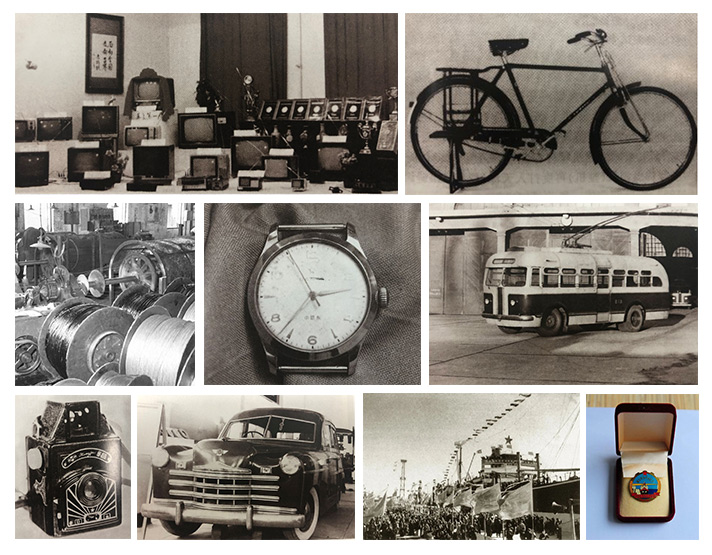
In the following years, Tianjin witnessed the birth of many “firsts in China”. In 1950, the first batch of domestically produced bicycles were designed and produced and the first trackless tram in People’s Republic of China was trial-manufactured in Tianjin. In 1952, the first domestically produced elevator was designed and manufactured in Tianjin, which was installed at Tiananmen Gate Tower and has been operated safely for over 30 years. In the same year, the first domestic aviation steel wire rope was successfully trial-manufactured in Tianjin. In 1955, the first domestically produced mechanical watch was produced in Tianjin, and in 1958, the first television set in China was successfully trial-manufactured. These remarkable achievements were the results of Tianjin people’s determination to innovate and strive.
In October 1952, the first large-scale seaport independently built by People’s Republic of China, Tanggu New Port, was officially opened, internationally known as “Tianjin Port.” This marked a significant turning point for Tianjin Port, transitioning from a river port to a sea port. In 1974, the cargo throughput of Tianjin Port exceeded 10 million tons for the first time, establishing its position as a key port in northern China.

Since the reform and opening-up in 1978, industries in Tianjin has entered a new era. The city has been benefiting from its unique geographical advantage and the accumulated industrial foundation, as well as the significant dividends released by the reform and opening-up policies with strong support and guidance in various industrial sectors.
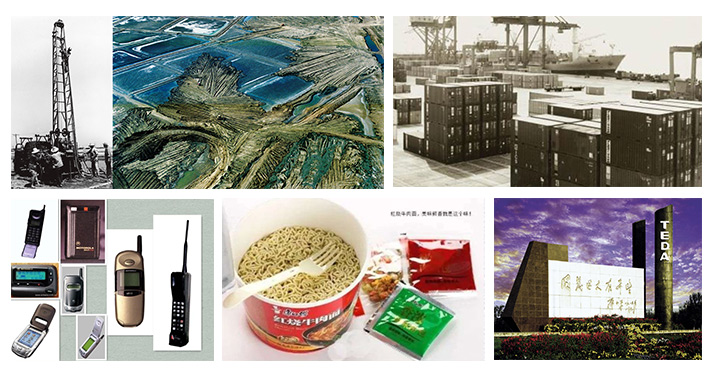
On January 1, 1981, the Container Terminal at Tianjin Port was completed and put into operation. As the first container terminal in People’s Republic of China, it ensured Tianjin’s further growth. On December 6, 1984, with the approval of the State Council, Tianjin Economic-Technological Development Area (TEDA) became one of the first fourteen development zones in China. Its construction was officially commenced upon a vast area of saline-alkali wasteland. In June 1992, the wholly foreign-owned enterprise, Motorola (China) Electronics Co., Ltd., started construction in TEDA. Also in 1992, Tianjin Dingyi International Food Co., Ltd. was established in TEDA, introducing the public to a new experience of instant noodles through the production of Master Kong’s Braised Beef Noodles.
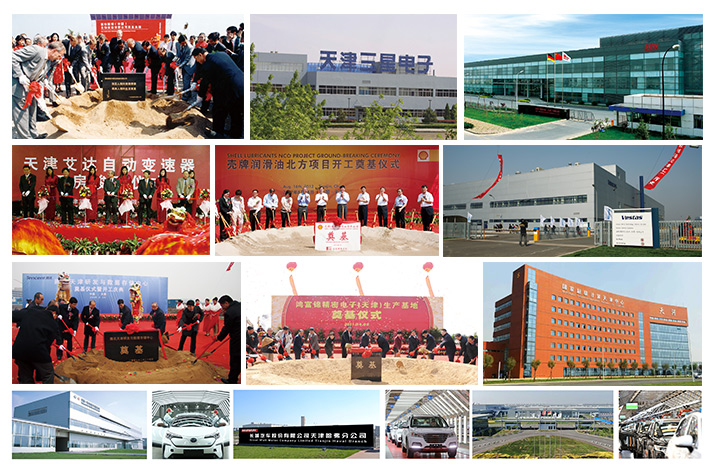
After Deng Xiaoping’s tour in the Southern China and the 14th National Congress of the Communist Party of China, Tianjin accelerated economic system reform and opened wider to the world. With processing and manufacturing industries as its core, Tianjin quickly implemented the strategy of shifting industries to Eastern China. Foreign investment poured in, and a number of world-renowned companies, such as Samsung Electronics, Novo Nordisk, and SEW invested and established factories in TEDA.
In 2006, Binhai New Area was included in the overall national development strategy. Tianjin seized the opportunity and accelerated the transformation of its economic development mode. It gradually established eight major advantageous industries, including integrated opto-mechatronics, biotechnology and modern medicine, and new materials. High-tech industries represented by these sectors experienced rapid development. A number of international leading enterprises successively invested in Tianjin, including FAW Toyota, TAW Transmission, Great Wall Motor Tianjin Production Base, Volkswagen Automatic Transmission, FAW-Volkswagen North China Base, HongFuJin Precision Electronics (Tianjin) Co., Ltd., and the largest lubricant oil plant of British Petroleum. Meanwhile, important projects, such as the Industrialization Base of China’s Next-gen Launch Vehicles, the National Supercomputing Center in Tianjin, and the Tianjin International Joint Academy of Biomedicine, were established in TEDA. TEDA has grown into one of the country’s best national-level development zones in terms of economic aggregate, comprehensive investment environment, and globalization level. It has fostered a 4+1 industrial cluster featuring auto and high-end equipment, next-gen information technology, chemical new materials, healthcare, as well as modern services.

The waters of the Haihe River bear witness to the significant changes of Tianjin - a national advanced manufacturing and research base, a core area for northern international shipping, a national-level demonstration zone for financial innovation and operation, and a pioneer in reform and opening-up. Under the overlap of national-level strategic opportunities like the Belt and Road Initiative, coordinated development of Beijing-Tianjin-Hebei region, the National-level Demonstration Zone for Indigenous Innovation, and China (Tianjin) Pilot Free Trade Zone, TEDA is actively writing a story of high-quality and substantial development as an international industrial new city.












 津公网安备 12019002000128号
津公网安备 12019002000128号

